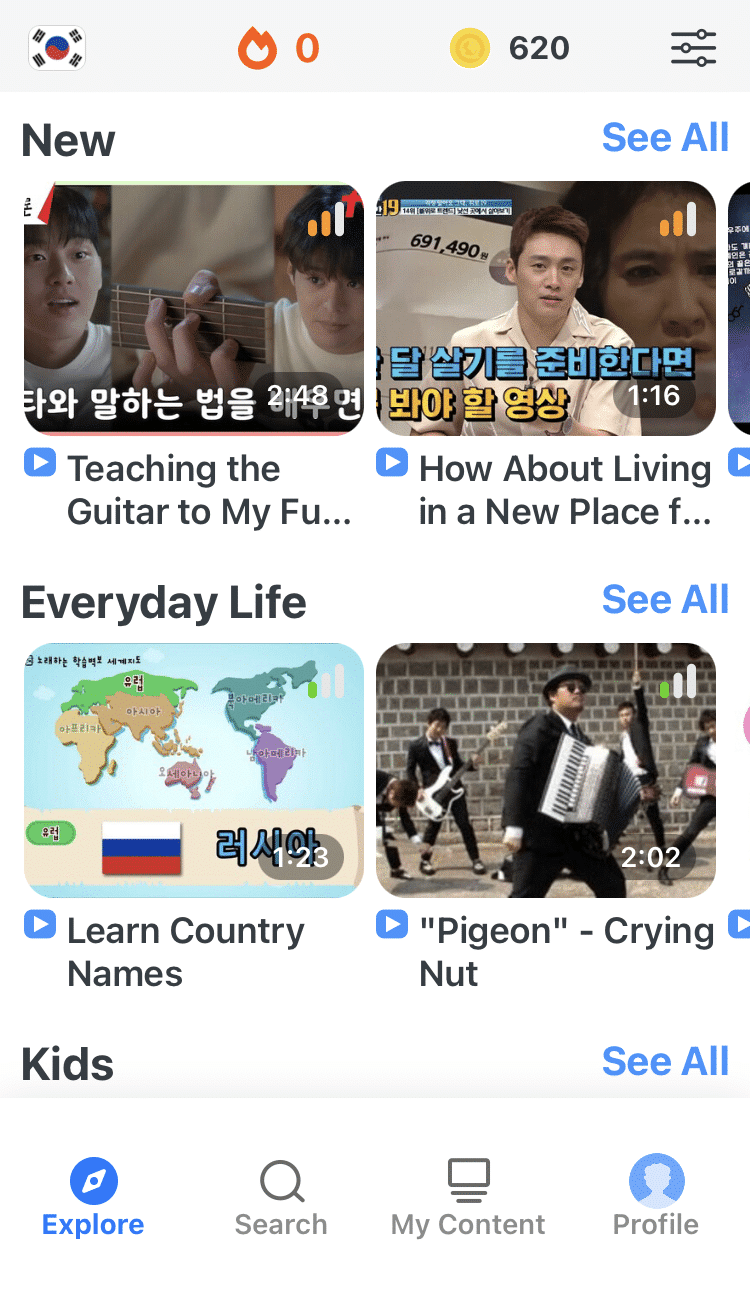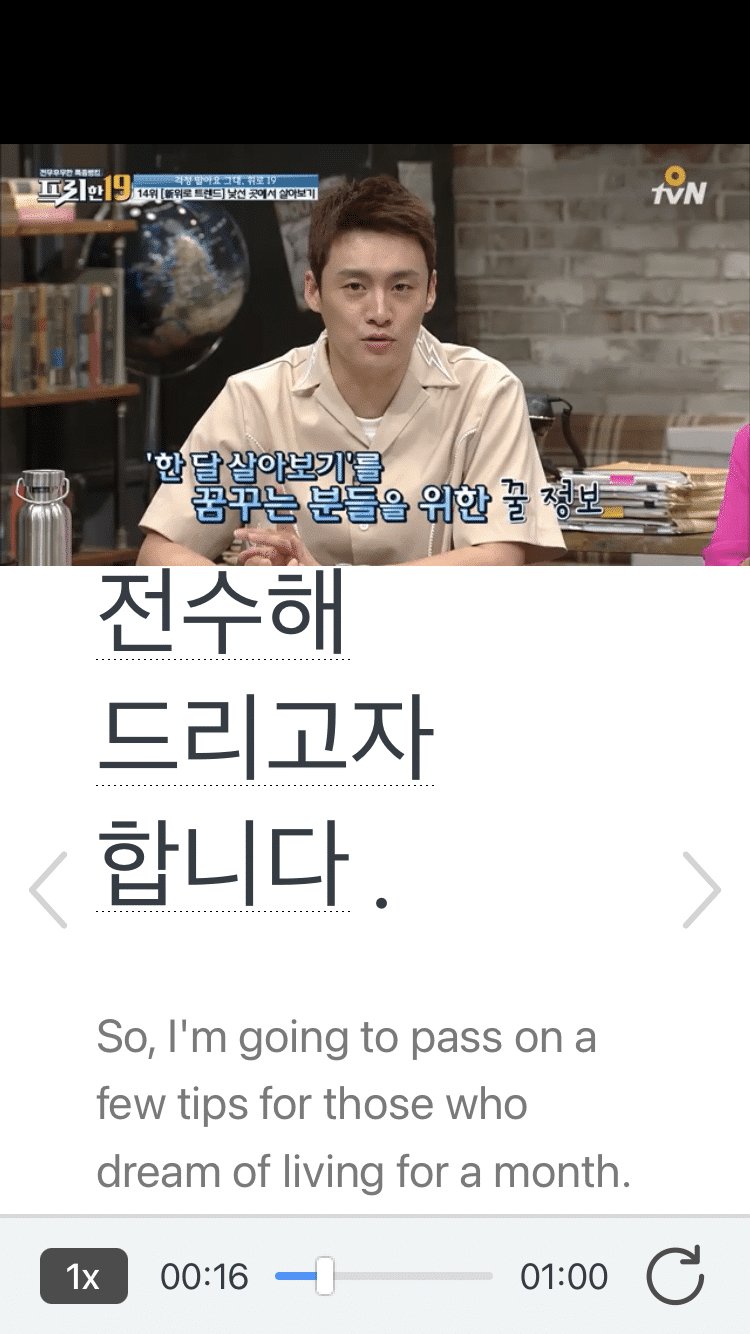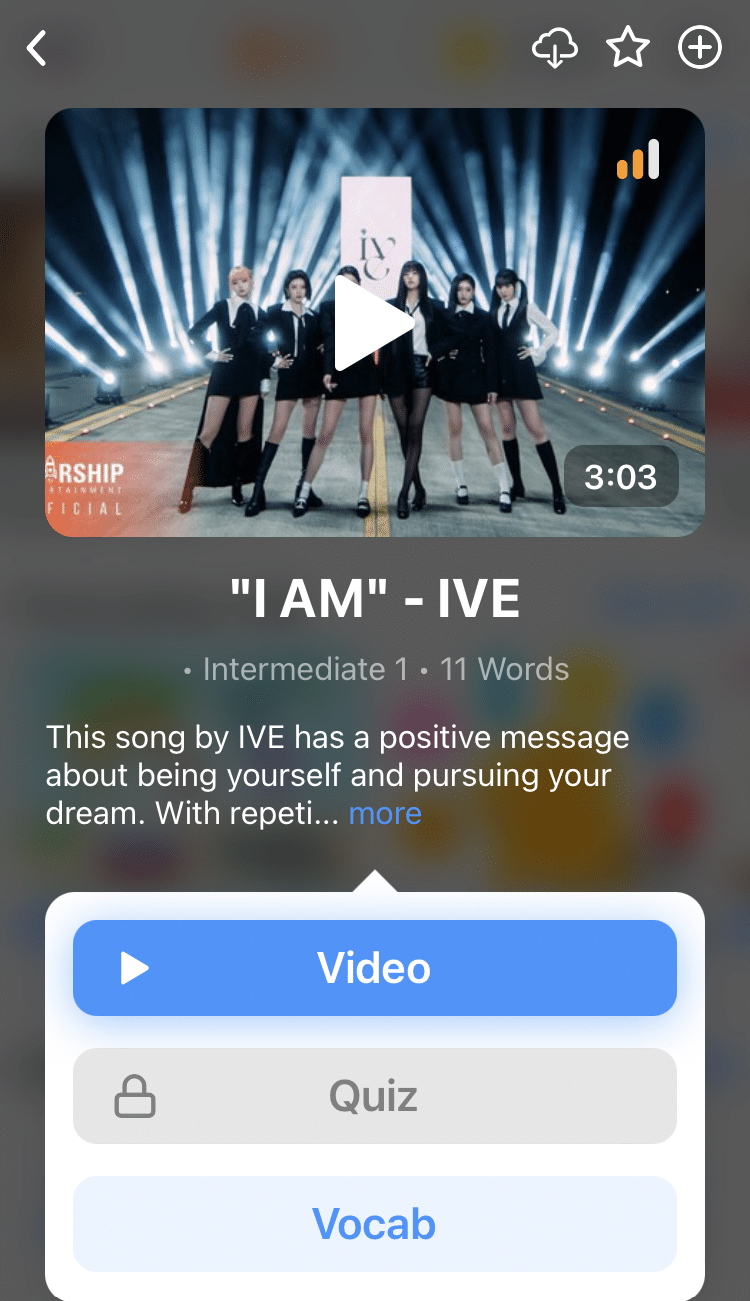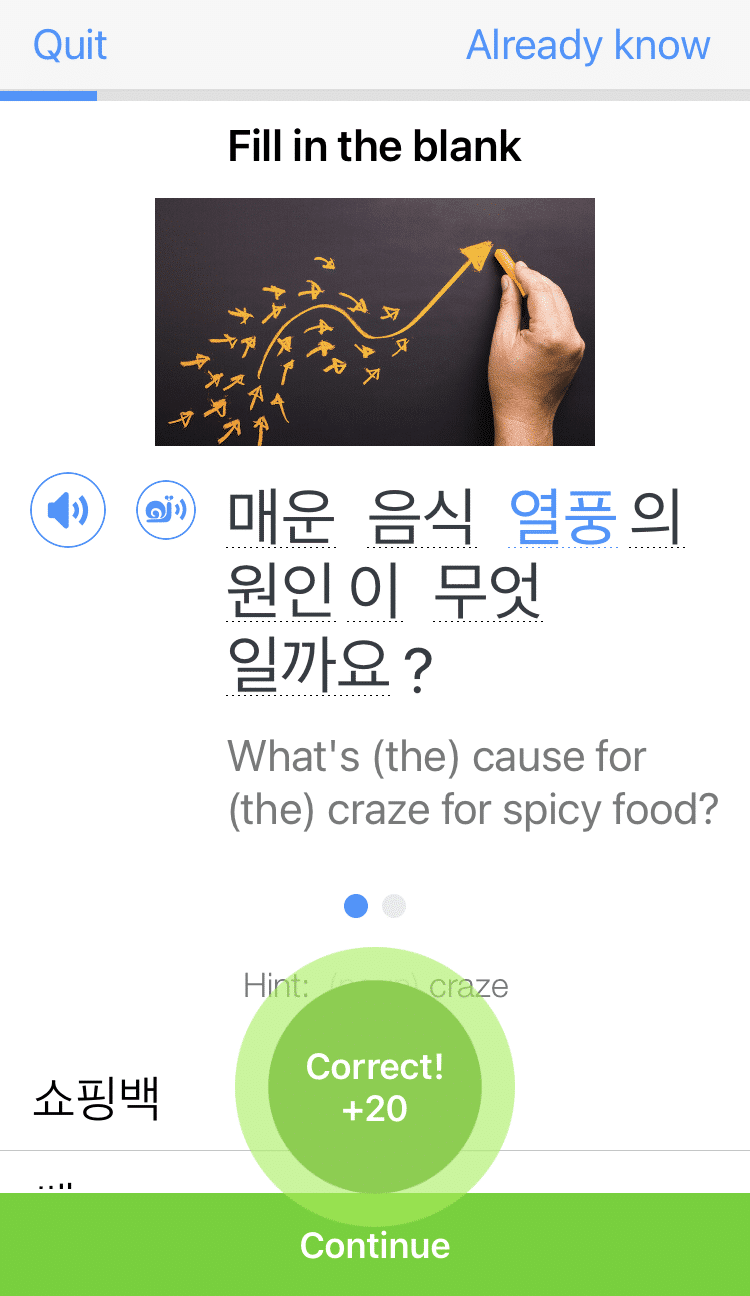
How to Say “No” in Korean
The best way to improve your Korean speaking is to practice often. And one thing that’s important to practice is how to properly say “yes” and “no.”
In this article, we’re going to teach you how to say “no” in Korean.
There are several ways you can say “no,” depending on the formality of the situation and who you’re talking to.
We’ll break down each way for you so that you’ll be prepared no matter who you’re speaking to!
Contents
- Important Note About Saying “No” in Korean: Politeness Levels
- How to Say “No” Politely in Korean
- How to Say “No” Casually in Korean
- How to Answer a Negative Question in Korean
- The Difference Between 아니요 and 아니에요
- Resources to Practice Saying “No” in Korean
- And One More Thing...
Download: This blog post is available as a convenient and portable PDF that you can take anywhere. Click here to get a copy. (Download)
Important Note About Saying “No” in Korean: Politeness Levels
The way you say “no” in Korean is going to change depending on who you’re talking to. There are two most common levels of politeness in Korean: 반말 (casual) and 존댓말 (polite).
You can use the casual 반말 form in the following situations:
- When talking to somebody younger than you
- When talking to somebody the same age as you
- When you agree with somebody that it’s okay to use it
- When talking to classmates you know are your age
You can use the more polite 존댓말 form in the following situations:
- When you don’t know somebody’s social status or age
- When talking in a business setting
- When talking to a stranger (unless they’re significantly younger than you)
- When talking to somebody you don’t know well
- When talking to somebody older than you
If you find yourself in a situation where you’re not sure which one to use, you can’t go wrong with being polite.
And that goes for any circumstance, not just when you want to say “no.”
One example is when you need to apologize. As you can see in the video below, there are both informal and formal ways to say sorry, with varying levels of politeness.
How to Say “No” Politely in Korean
The most common word you’ll hear and see written in Korean that means “no” is 아니요 (a-ni-yo).
You can say 아니요 any time you’re disagreeing with somebody. You can usually use it the same way you’d use the word “no” in English (although we’ll go over one situation when you can’t, later).
Below are a few examples of how to use the word 아니요:
Q: 오늘 영어 공부했어요? — Did you study English today?
A: 아니요, 공부 안 했어요. — No, I didn’t study today.
Q: 그 영화 봤어요? — Did you see that movie?
A: 아니요, 안 봤어요. — No, I didn’t see it.
You might also see 아니요 spelled like 아뇨 (a-nyo). This spelling is particularly common in comic books or in subtitles where speech is often written phonetically. It’s similar to saying “nah” or “nope” in English.
In formal situations, you can use 아닙니다 (a-nim-ni-da) instead of 아니요. You’ll also commonly see this form of the word in official documents.
In case you haven’t learned how to say “yes” yet, you can say 네 (nae) to say “yes” politely.
How to Say “No” Casually in Korean
To say “no” in a more casual way to people you know well, you can drop the 요 ending and just say 아니 (a-ni).
Here are a couple of examples of how to use 아니 if you’re talking to a close friend.
Q: 그 영화 봤어? — Did you see that movie?
A: 아니, 안 봤어. — No, I didn’t see it.
Q: 오늘 영어 공부했어? — Did you study English today?
A: 아니, 공부 안 했어. — No, I didn’t study today.
You may notice your Korean friends writing 아닝 (a-ning) when texting. Adding ㅇ to the end of words is a common way to make them sound cuter, but the meaning is the same.
If you want to say “yes” casually, instead of saying 네 you can say 응 (eung).
How to Answer a Negative Question in Korean
If you’re a native English speaker, the way that Korean people answer “yes” or “no” to a negative question might seem counterintuitive at first.
In English, if somebody asked you “Don’t you like cats?” you might respond by saying “No, I don’t like cats.”
However, in Korean, you’d answer like this:
Q: 고양이 안 좋아해요? — Do you not like cats?
A: 네, 고양이 싫어해요. — Yes, I don’t like cats.
Or like the following, if you do like cats:
A: 아니요, 고양이 좋아해요. — No, I like cats.
When using “yes” and “no” in Korean to answer a negative question, it might be helpful to think in terms of agreeing or disagreeing.
Here’s another example:
Q: 오늘 학교에 안 갔어요? — Did you not go to school today?
A: 네, 안 갔어요. — Yes, I didn’t go to school.
Or you can say:
A: 아니요, 갔어요. — No, I went to school.
The Difference Between 아니요 and 아니에요
When answering a yes or no question, you should always use 아니요 or one of its variations. 아니요 and 아니에요 (a-ni-ae-yo) may look similar, but they serve different functions.
As you may already know, 이다 (i-da) is the verb “to be.” If you add it to the end of a noun, you can say that the noun is something.
아니에요 comes from the adjective 아니다 (a-ni-da) and is used to negate a noun. It’s generally translated as “It is not…” in English.
For example, here’s how you’d say “It is a dog”:
개야. (casual)
개예요. (informal/polite)
개입니다. (formal/polite)
Adding 아니다 gives it a negative meaning, “It is not a dog”:
개 아니야. (casual)
개 아니에요. (informal/polite)
개 아닙니다. (formal/polite)
When answering a question, you may use both 아니요 and 아니에요 together in some situations. Here’s an example:
Q: 미국 사람이에요? — Are you an American?
A: 아니요, 미국 사람 아니에요. — No, I’m not an American.
Resources to Practice Saying “No” in Korean
Korean is definitely a challenging language to tackle by yourself but luckily, there are plenty of free resources to help you learn.
- You can find lots of great channels on YouTube like Talk to Me in Korean to supplement your learning. Also make sure to check out the main Talk to Me in Korean website for more amazing resources and books to study Korean on your own.
- Listening to Korean television is one of the best ways to improve your listening comprehension. If you’re a fan of Korean Dramas, there are several great programs that let you watch Korean television on demand like Viki and OnDemandKorea.
- For more listening practice with interactive subtitles in both Korean and English, check out FluentU.
FluentU takes authentic videos—like music videos, movie trailers, news and inspiring talks—and turns them into personalized language learning lessons.
You can try FluentU for free for 2 weeks. Check out the website or download the iOS app or Android app.
P.S. Click here to take advantage of our current sale! (Expires at the end of this month.)
Now that you know how to say “no” in Korean, you shouldn’t have any problems saying 아니요 the next time one of your friends suggests that you sing “Genie in a Bottle” at a noraebang.
Download: This blog post is available as a convenient and portable PDF that you can take anywhere. Click here to get a copy. (Download)
If you enjoyed this post, you're already halfway to having the time of your life learning Korean with FluentU!
FluentU makes it possible to learn with K-pop videos, funny commercials, entertaining web series and more. Just a quick look will give you an idea of the variety of FluentU videos on offer:
FluentU really takes the grunt work out of learning languages, leaving you with nothing but engaging, effective and efficient learning. It's already hand-picked the best videos for you (which are organized by level and topic), so all you have to do is simply choose any video that strikes your fancy to get started.
Each word in the interactive captions comes with a definition, audio, image, example sentences and more.
Access a complete interactive transcript of every video under the Dialogue tab, and easily review words and phrases from the video under Vocab.
You can use FluentU’s unique Quiz Mode to learn the vocabulary and phrases from the video through fun questions.
FluentU keeps track of what you're learning, and tells you exactly when it's time for review, giving you a 100% personalized experience.
Review sessions use video context to help embed the words in your memory.
Start using the FluentU website on your computer or tablet or, better yet, download the FluentU app from the iTunes or Google Play store. Click here to take advantage of our current sale! (Expires at the end of this month.)
And One More Thing...







